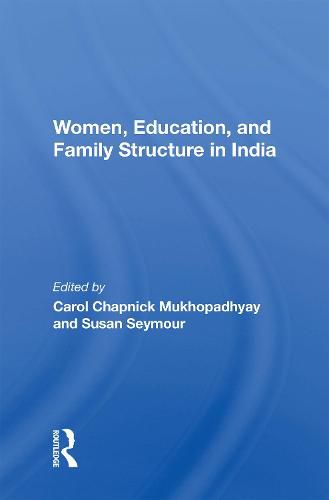Readings Newsletter
Become a Readings Member to make your shopping experience even easier.
Sign in or sign up for free!
You’re not far away from qualifying for FREE standard shipping within Australia
You’ve qualified for FREE standard shipping within Australia
The cart is loading…






Five decades of independence have produced dramatic increases in womens’ educational achievements in India; but education for girls beyond a certain level is still perceived as socially risky. Based on ethnographic data and historical documents, this book explores the origins of that paradox. Contributors probe the complex relationships between traditional Indian social institutions the joint family, arranged marriage, dowry, and purdah, or sexual segregation and girls schooling. They find that a patrifocal family structure and ideology are often at the root of different family approaches to educating sons and daughters, and that concern for marriageability still plays a central role in womens’ educational choices and outcomes.
$9.00 standard shipping within Australia
FREE standard shipping within Australia for orders over $100.00
Express & International shipping calculated at checkout
Five decades of independence have produced dramatic increases in womens’ educational achievements in India; but education for girls beyond a certain level is still perceived as socially risky. Based on ethnographic data and historical documents, this book explores the origins of that paradox. Contributors probe the complex relationships between traditional Indian social institutions the joint family, arranged marriage, dowry, and purdah, or sexual segregation and girls schooling. They find that a patrifocal family structure and ideology are often at the root of different family approaches to educating sons and daughters, and that concern for marriageability still plays a central role in womens’ educational choices and outcomes.